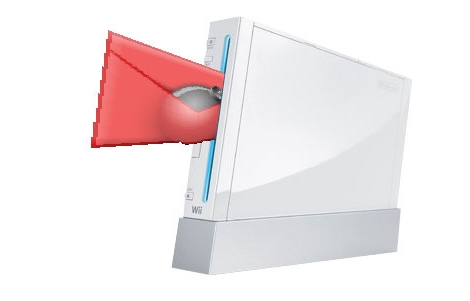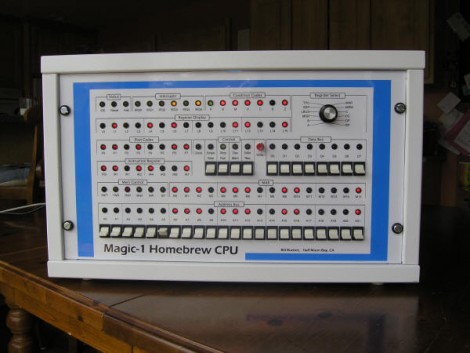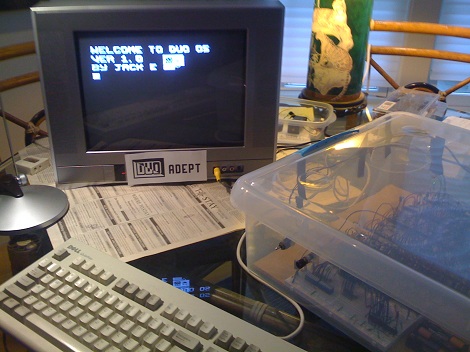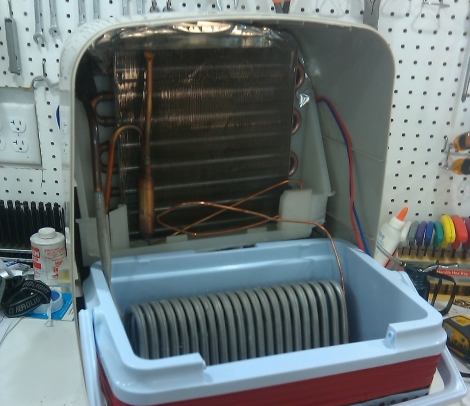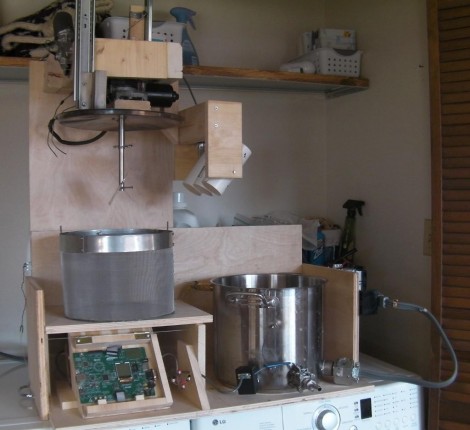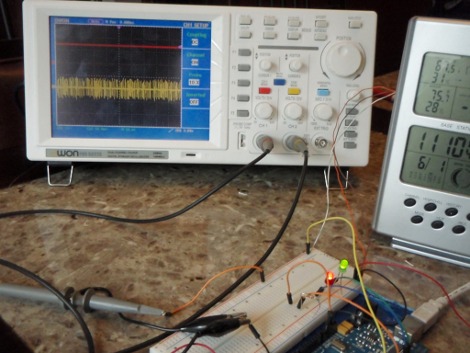
A ton of people sent in the latest development on the Xbox homebrew front. A console hacker that goes by the name of [GliGli] released a new exploit that boots any Xbox into a Linux loader.
The hack requires some hardware – in this case an Xilinx CLPD. The hack works by sending a tiny reset pulse (no word on what ‘tiny’ means) that glitches the hardware and gets around the hash checks during boot. If that’s not technical enough for you, check out the readme on the project’s github.
This isn’t a silver bullet to cracking Xboxen wide open. The glitch only has about a 25% chance of success for each boot. The glitch also take a few minutes to boot into unsigned code. This being said, the hack works on all 360s, including the slim models that can’t be opened up with the JTAG method.
Check out the demo of one of the beta testers demonstrating the exploit after the break. Again, thanks to everyone for sending this one in.

